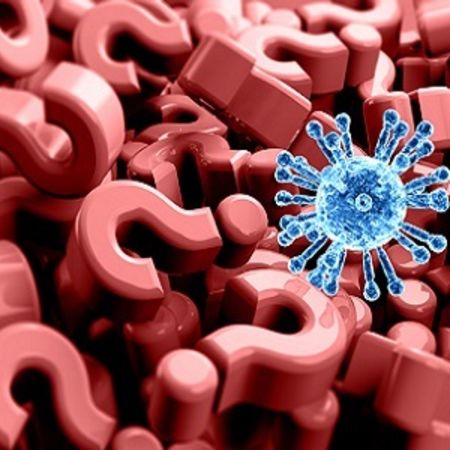COVID-19 pneumonia meets the ARDS Berlin definition. However, it is a specific disease with peculiar phenotypes. The primary characteristic is the dissociation between the severity of the hypoxaemia and the maintenance of respiratory mechanics. Patients with respiratory compliance that is lower or higher than the median value experience severe hypoxaemia.
In a recent editorial published in Critical Care, the authors propose two types of COVID-19 patients: non-ARDS type 1 and ARDS type 2. These two types can be distinguished through a CT scan. However, in case CT scan is not available, the patient's respiratory system compliance and the response to PEEP can be used to suggest which type they might be.
TYPE 1 - NON-ARDS
In Type 1 patients, severe hypoxaemia is associated with > 50 ml/cmH2O respiratory system compliance. The hypoxaemia is due to the loss of hypoxic pulmonary vasoconstriction and impaired regulation of pulmonary blood flow. In these patients, high PEEP and prone positioning does not improve oxygenation but redistributes pulmonary perfusion.
Type 2: ARDS
In Type 2 patients, severe hypoxaemia is associated with compliance values < 40 ml/cmH2O. This indicates severe ARDS. Lower respiratory compliance in these patients is due to the natural evolution of the disease, but there is also the possibility that the severity of damage results from initial respiratory management. Some of these patients receive CPAP or non-invasive ventilation before they are admitted to the ICU. They usually present with high respiratory drives, vigorous inspiratory efforts, and negative intrathoracic pressures. Hence, in addition to viral pneumonia, these patients may also be suffering from ventilator-induced lung injury.
Implications
Non-intubated patients who are not yet admitted to the ICU, are usually treated with CPAP and NIV. However, it is important to assess the respiratory drive and inspiratory efforts. If respiratory distress is present, endotracheal intubation should be considered in order to prevent the transition from type 1 to type 2 by self-induced lung injury. In patients who have already been identified as type 2 and are intubated in the ICU, a lower tidal volume should be applied. Type 1 patients lack the prerequisite for higher PEEP to work. PEEP levels should be limited at 8–10 cmH2O.
Type 2 patients are characterised by a reduction of total gas volume and increased lung weight and oedema. This could be due to the natural progression of the disease, to bacterial superinfection and/or to self-induced lung injury. It might be beneficial to gradually increase PEEP up to 14–15 cmH2O. Cardiac ultrasound could be used to assess right heart function when increasing PEEP levels.
Prone positioning can be used as a long-term treatment approach in type 2 patients. But in type 1 patients, this should only be considered as a rescue manoeuvre. Long-term prone positioning may offer very little benefit in patients with high lung compliance and can lead to unnecessary stress and fatigue in personnel.
There is still insufficient evidence to understand when and on which type of patients should nitric oxide be applied. As per this model, it would not work in type 1 patients but might work in type 2 patients in which pulmonary hypertension is more likely.
In patients with COVID-19 disease, thrombosis and ischaemic events are common. That is why a daily check of coagulation parameters is necessary for both type 1 and type 2 patients.
In summary, as per the recommendations presented in this article, in type 1 patients, PEEP levels should be kept lower in patients with high pulmonary compliance. Tidal volume thresholds should be limited to 6 ml/kg, and the respiratory rate should not exceed 20 breaths/min. In these patients, it is best to avoid doing too much. On the other hand, in type 2 patients, the standard treatment for severe ARDS should be applied.
Source: Critical Care
Image Credit: iStock
References:
Gattinoni, L, Chiumello D, Ross S. (2020) COVID-19 pneumonia: ARDS or not? Critical Care, 24(154).
Latest Articles
ICU, ARDS, PEEP, COVID-19, COVID-19 pneumonia, intubated, non-intubated
While COVID-19 pneumonia meets the ARDS Berlin definition, it is a specific disease with peculiar phenotypes and could have two sub-types.



























